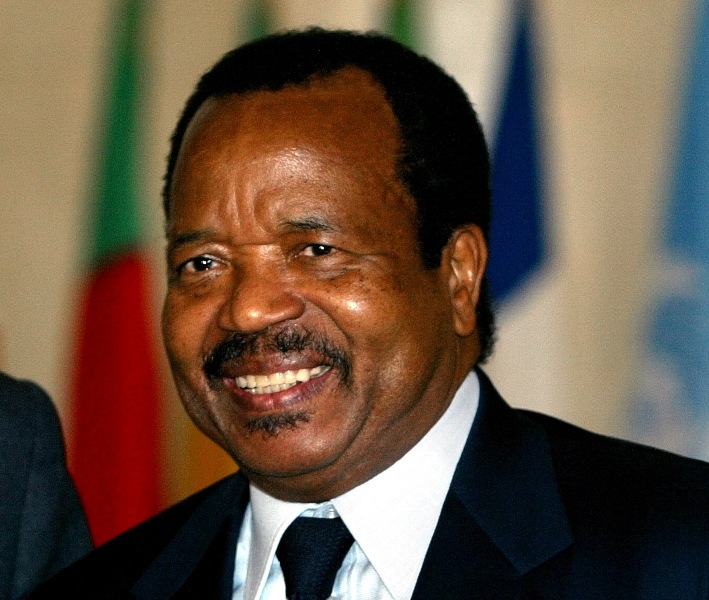

In November, 2011, the World Bank and the International Finance Corporation (IFC) Boards of Directors approved an US$86 million loan and US$82 million Partial Risk Guarantee to support the Kribi Gas Power Project in Cameroon that is expected to generate electricity to over 160,000 households in Cameroon. The US$86 million IFC loan and US$86 million International Development Association (IDA) guarantee is supposed to allow Cameroon's first long-term project finance from local banks to the electricity sector.
The Kribi power project, the first power plant to run on natural gas in Cameroon, consists of two main components: The first focuses on the development, construction and operation of a new 216 megawatt (MW) natural gas-fired power plant located near the Mpolongwe village, nine kilometers north of the coastal city of Kribi in South Region of Cameroon. The second focuses on the development and construction of a new 100-kilometer 225-kilovolt double-circuit transmission line between the Kribi power plant and the existing Mangombe 225/90-kV substation at Edéa in the Littoral Region, including substations and transformers.
World Bank country Director for Cameroon, Gregor Binkert, is of the opinion that the project will positively affect 163, 000 households or approximately 815,000 people, 50 percent of whom are expected to be women. Combined with the 50 MW of capacity the project will indirectly supply power to Alucam, the country’s aluminum smelter.
Cameroon’s 1,021 megawatt (MW) capacity is inadequate to meet its electricity demand. The development of low-cost hydropower including the Lom Pangar dam on the Sanaga River is not expected to go operational before 2015. Cameroon has the possibility to generate up to 6,000 MW of reliable all-season hydropower on the Sanaga River in the medium term. According to the World Bank, this project is supposed to provide a low-cost gas power supply option that is necessary to go operational by the latter part of the dry season 2012/2013 and that increases reliability in a mainly hydropower-based system.
The Government of Cameroon and the country’s electricity parastatal, AES Corporation, the private sponsor, have created the Kribi Power Development Company (KPDC) to put in place the Kribi gas project as a public private partnership. The total cost of the project is estimated at US$350 million.
The Kribi gas power project is supposed to augment the capacity and reliability of power supply in Cameroon via the mobilisation of private financing, including local currency financing. The Project utilises the IDA guarantee instrument in an innovative way to allow Cameroon's local commercial banks to support investments in the power sector for the first time. This is supposed to build capacity of local banks to provide long-term finance for infrastructure projects, raise local currency revenues for the project and reduce exposure to foreign exchange risk for end-consumers, as explained by Astrid Manroth, Senior Energy Specialist and Task Team Leader for the Project.
In addition to furnishing direct financing, IFC is also coordinating the Development Finance Institutions including the African Development Bank (AfDB), European Investment Bank (EIB), Netherlands Development Finance Company (FMO), the French Promotion and Investment Company for Economic Cooperation (PROPARCO), and the Central African Development Bank (BDEAC) that will provide about 61 percent of project debt via parallel loans amounting to approximately US$181.7 million equivalent.
The power plant is supposed to operate on natural gas utilising diesel as backup fuel. Natural gas will be supplied from the offshore Sanaga South gas field in Cameroon, the first gas field being developed for commercial use by Perenco, an international oil drilling company. AES Sonel, Cameroon’s national utility will be the sole off-taker for the power generated by KPDC.
Yolande B. Duhem, IFCs Regional Director says the project is associated with IFCs long-term strategy for Africa which aims to overcome structural constraints to private sector development and to support improvement to power infrastructure.
As of the end of October 2011, the Cameroon portfolio includes 12 national IDA-financed operations with total net commitments of US$477.7 million, excluding the Kribi Gas Power Project. Cameroon also benefits from an additional 5 regional projects with commitments totaling US$496.4 million. About 6.7 percent of the World Bank Groups financing is in energy.
This picture brings to mind issues of development without empowerment. Gross loans of this magnitude though with a good intention from the World Bank and IMF, may be detrimental in the long run to the energy sector in particular and the country’s growth and development as a whole. Cameroon remains corrupt and serious concerns loom as Cameroon’s financial managerial capacity in terms of international loans, in that millions destined for the energy sector from the World’s international financial gurus, shall be siphoned as has happened in the past. Giving loans to developing countries especially Cameroon is not the solution to Cameroon’s energy crisis. What needs to be done by the World Bank is empowering Cameroonians on how to be more industrialised and even use other options like solar energy which remains grossly unexploited. If the World Bank and IMF are serious about affecting the lives of Cameroonians, it is germane for them to ensure that the country’s anti-corruption programmes are efficient as well as the country’s democratic modus operandi. Pumping millions of dollars without empowerment, into a country blessed with natural resources and man power makes no sense. Empowerment as well as training of the local people on how to generate energy would be helpful.
Chofor Che is a civil servant of the government of Cameroon, associate at Africanliberty.org and Ford Foundation Doctoral Researcher at the Community Law Centre, Faculty of Law, University of the Western Cape, South Africa.
